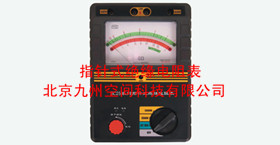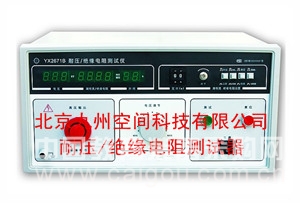Kyushu Space provides detailed guidance on the methods and safety precautions for measuring insulation resistance.
(1) It is essential to choose a megohmmeter that matches the voltage level of the electrical equipment being tested. Using an incorrect device can lead to inaccurate readings or even damage the equipment.
(2) The leads used with the megohmmeter should be single-core, insulated, multi-strand flexible wires. Avoid using two flexible cables together, and ensure that the leads do not come into contact with any equipment or ground during testing.
(3) Before starting the measurement, always check the megohmmeter. Open the circuit and confirm that the pointer reads “∞â€. Then short-circuit the terminals and ensure the pointer moves to “0†to verify the meter is functioning properly.
(4) Prior to measurement, make sure the equipment under test is powered off and fully discharged. After completing the test, it’s also important to discharge the device again to prevent any residual charge from causing harm.
(5) When wiring, connect the “E†terminal (ground) to the equipment’s casing or grounding wire. Connect the “L†terminal to the conductor you are testing. For cables, the insulation layer should be connected to the “G†terminal (shield) to reduce interference.
(6) Place the megohmmeter on a stable, flat surface and turn the handle smoothly, gradually increasing the speed to 120 revolutions per minute. This ensures accurate and consistent results.
(7) Never perform measurements on live circuits or while others are working on the line. During thunderstorms, avoid measuring high-voltage lines with a megohmmeter, as this can be extremely dangerous.
(8) Do not touch the test terminals or the megohmmeter itself until it has completely stopped rotating and the device under test has been fully discharged. This prevents electric shock or injury.
(9) When measuring insulation resistance, it is recommended that two people work together—one to operate the megohmmeter and the other to assist. If working near live equipment, maintain a safe distance and position the megohmmeter appropriately to avoid accidental contact.
(10) When testing devices with large capacitance—such as capacitors, power cables, transformers, or motors—it is crucial to keep the megohmmeter at the correct speed when connecting or disconnecting from the device. This prevents damage caused by sudden capacitor discharges.


Notebook with paper hardcover,Notebook with paper softcover,Paper notebook for workers
Lion Paper Products (Jiaxing) Co.,Ltd , https://www.lion-paper.com